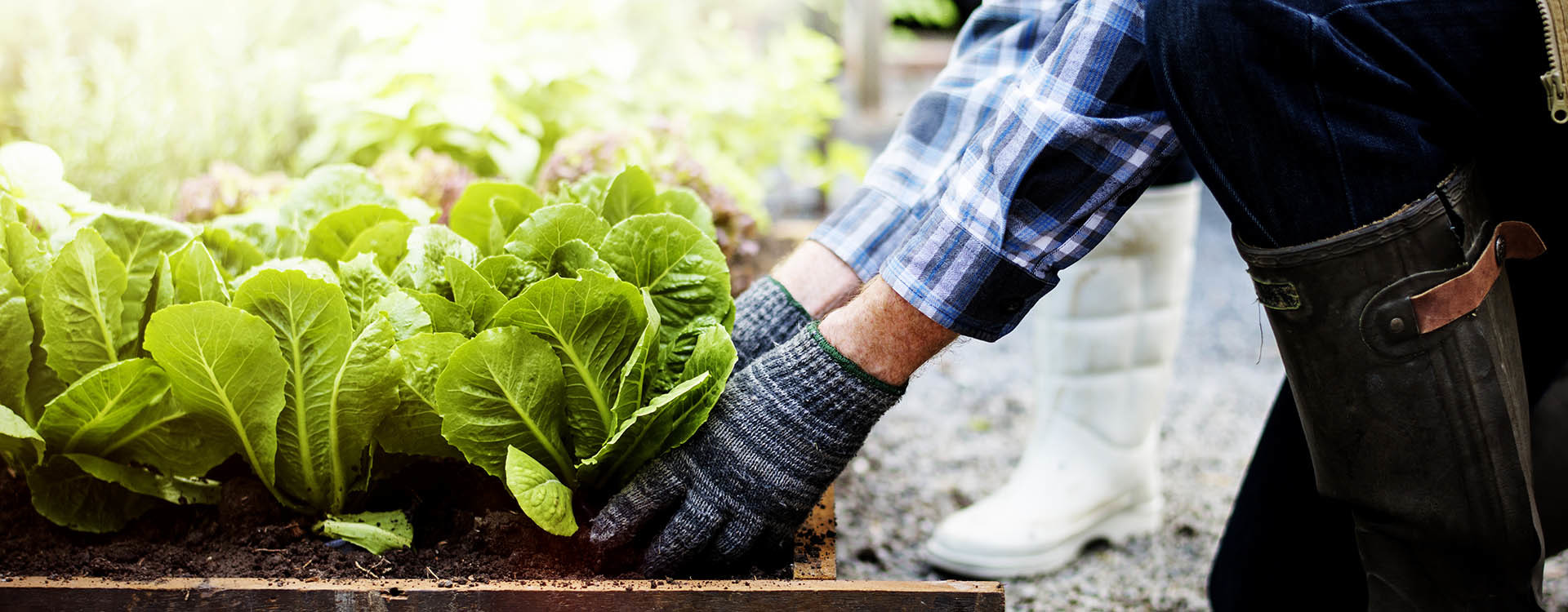Getting The City Blooming To Work
Getting The City Blooming To Work
Blog Article
City Blooming Fundamentals Explained
Table of ContentsThe smart Trick of City Blooming That Nobody is Talking AboutGetting My City Blooming To WorkSome Ideas on City Blooming You Should KnowExcitement About City BloomingCity Blooming - Questions
Intrigued in expanding food offer for sale in the City of Chicago? Thinking of starting an area garden? Changes to the Chicago Zoning Statute allow agricultural usages like neighborhood yards and city ranches in several parts of the city. Below is a list of frequently asked concerns pertaining to the regulations and guidelines that farmers must take into consideration when intending a city agriculture task.
The zoning amendment does not modify any type of other codes dealing with composting, structure licenses, buying or renting City possessed property, business licenses or ecological contamination. There are existing codes that regulate these issues and they stay completely effect and may apply to your task. Neighborhood gardens are usually owned or managed by public entities, public companies or community-based organizations and kept by volunteers.
Urban ranches expand food that is meant to be sold, either on a nonprofit or for-profit basis. As a result of their commercial function, metropolitan ranches call for a service permit. Yes. A neighborhood yard is allowed to sell surplus produce that was expanded on site if the sales are accessory or subordinate to the garden's key function described above.
Excitement About City Blooming
Composting is enabled yet only for plant material that is created and made use of on site. The amount of compost product can not surpass 25 cubic yards at any given time according to the criteria in 7-28-715 of the City's Municipal Code. Yes. Since the soil at most brand-new garden websites requires amending, compost, dirt, timber chips, or various other products can be acquired to create or improve the expanding area - eco-friendly practices.

If a structure authorization is called for then the hoophouse will certainly be considered an accessory building. You can figure out even more regarding the structure authorization requirements by calling the Department of Buildings. The 25,000-square-foot dimension limit is intended to stop a solitary community garden from dominating a given block or diminishing the block's existing residential or business personality.
The limit does not use to gardens situated in Public Open Area (POS) districts. Can there be even more than one community garden that is 25,000 square feet on a single block? Fence is not called for, however, gardens that have huge car park areas may be required to set up fencing or various other landscape design features.
The Single Strategy To Use For City Blooming
B1 & B2 areas need that all business usage activities be performed inside. Is fence needed for city ranches? Fences might be required, along with landscaping and screening, for certain vehicle parking locations and exterior work or storage locations depending on location and the certain task taking location.
Yes. Urban farms call for structure licenses and zoning authorizations before construction. Other types of city review may be required relying on details frameworks, activities, dimension, landscape design, licensing, public health and stormwater management problems. Most of these requirements are determined in the task style or permitting process, nonetheless, the candidate may be responsible to independently identify specific licenses or allows that might be required.
Yes. The type of certificate is identified by what is occurring at the site. The Department of Service Affairs and Consumer Defense can aid identify the certain kind of service permit that's required. Yes. Off street car park is required for many commercial projects in Chicago. The called for number of garage is based upon the variety of workers dealing with website and not the square video footage of the growing room.
Indicators on City Blooming You Should Know

An urban farm can market garden compost product generated on site, nonetheless, the procedure must abide with the laws in 7-28-715 of the Chicago Municipal Code. Aquaponic systems are allowed indoors on urban ranches in many zoning districts.
As much as five hives or colonies of honey may be maintained as an accessory usage. Nonetheless, beekeepers need to sign up with the Illinois Department of Farming. To find out more concerning the recommended zoning change you might call the Division of Housing and Economic Advancement, Bureau of Planning and Zoning at 312.744.8563.
Farming in cities and metropolitan locations A metropolitan ranch in Chicago. Urban agriculture refers to numerous methods of growing. https://www.awwwards.com/cityblooming/, handling, and dispersing food in metropolitan locations. The term additionally applies to the location activities of pet husbandry, aquaculture, beekeeping, and gardening in an urban context. Urban agriculture is distinguished from peri-urban farming, which happens in backwoods at the side of suburban areas.
8 Easy Facts About City Blooming Described
, who seek to form social networks started on a common principles of nature and neighborhood holism. These networks can develop by means of official institutional assistance, coming to be integrated into local community planning as a "change town" movement for lasting city growth.
Some of the first proof of city agriculture comes from Mesopotamia.
Report this page